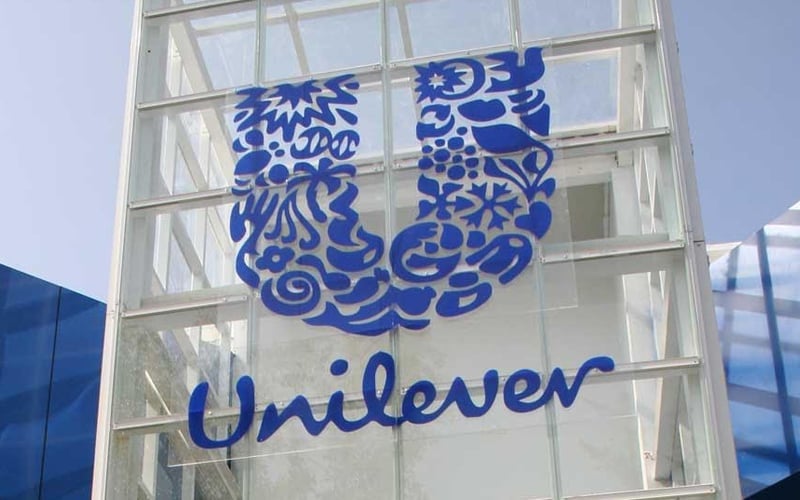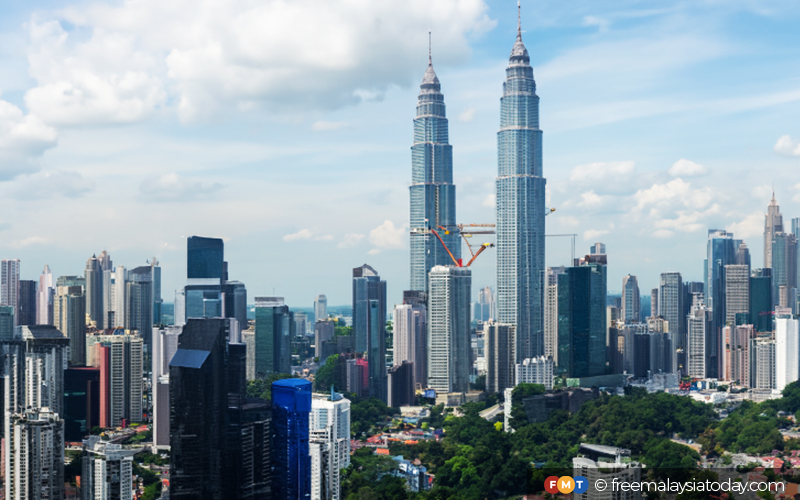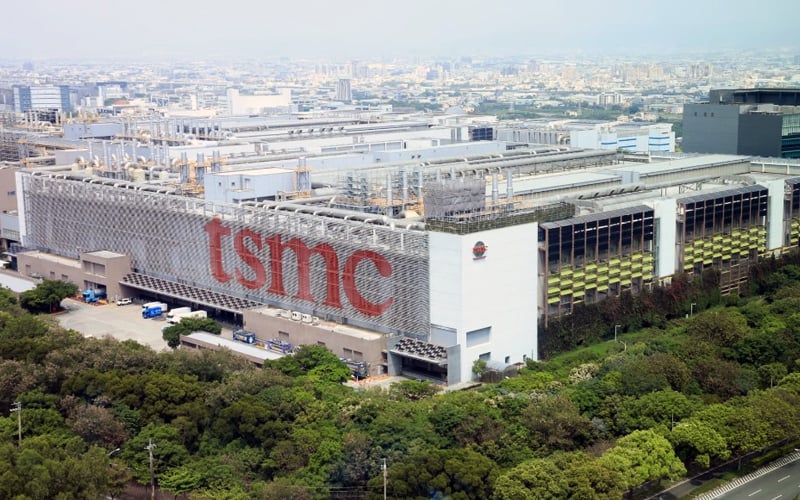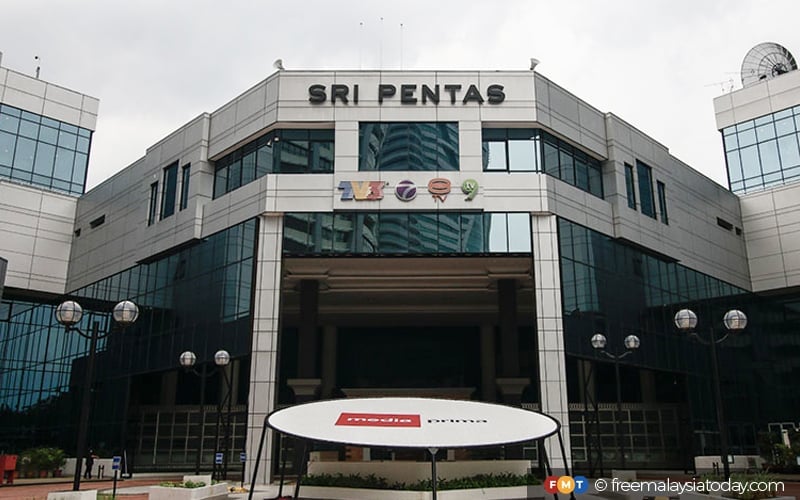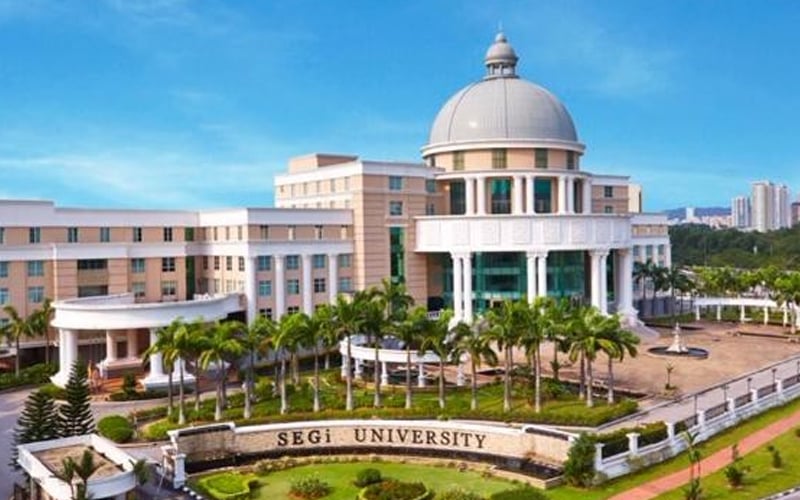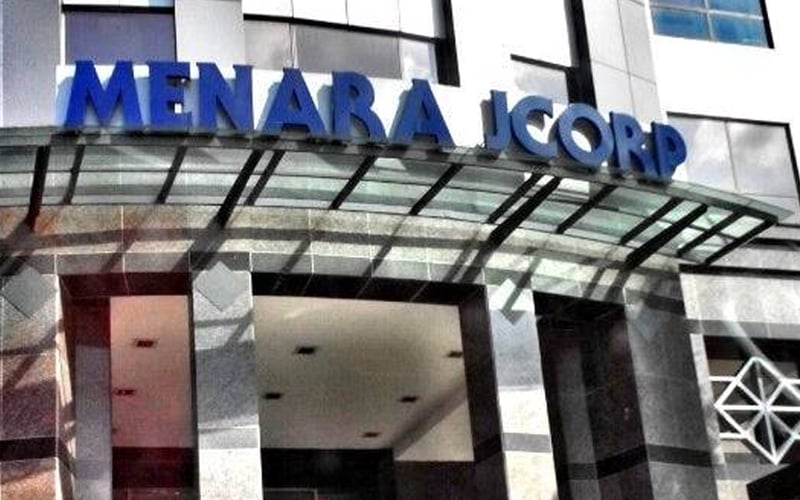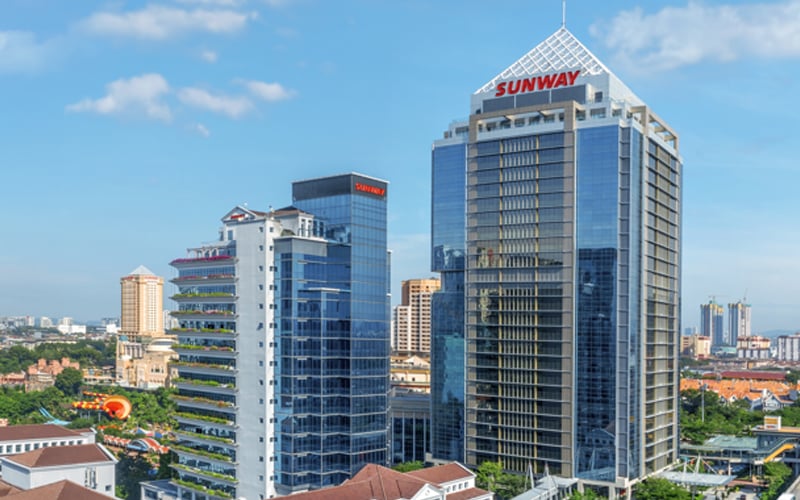Samsung’s profit beat expectations as investors await tech recovery
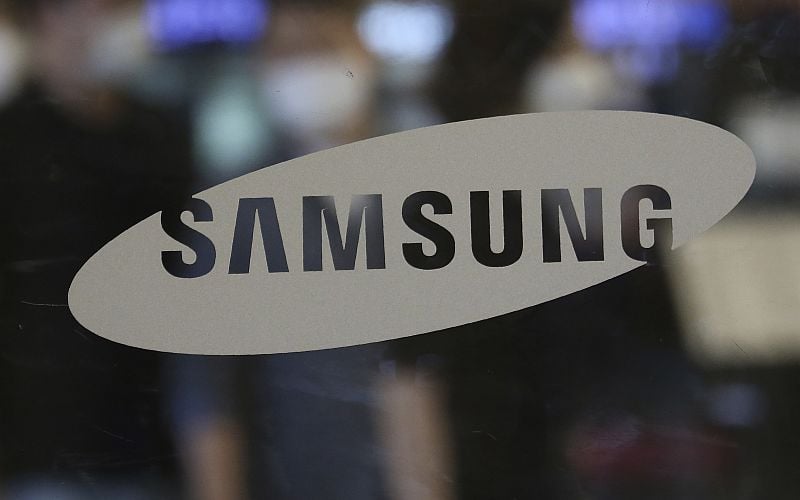

SEOUL: Samsung Electronics Co reported better-than-projected earnings, driving anticipation that global tech spending is beginning to climb out of a post-Covid funk.
The company, a bellwether for the industry because of its leading position in chips, electronics and smartphones, said it now expects a gradual second-half recovery in memory demand. Samsung had reported its worst decline in quarterly revenue in more than a decade.
South Korea’s biggest firm earned net income of ₩1.55 trillion (US$1.2 billion) in the quarter ended in June, down 86% but beating an average estimate of ₩925 billion. Its shares were little changed during early Thursday morning trade in Seoul.
Investors are looking to the tech industry’s largest companies for hints on when demand for electronics and semiconductors will bounce back — a challenging task given the uneven global outlook, soaring inflation and China’s post-Covid turbulence. Some investors expect the advent of AI to eventually turbocharge the chip industry, which is central to the effort to develop and train generative AI platforms such as OpenAI’s ChatGPT.
In particular, Samsung is a barometer for a US$160 billion memory industry that built capacity too rapidly during better times and is now grappling with bulging inventories. On Wednesday, smaller rival SK Hynix Inc. reported sales ahead of estimates and declared that AI will soon ignite the long-awaited rebound.
Samsung is reporting after Taiwan Semiconductor Manufacturing Co. cut its outlook last week and postponed production at its Arizona project to 2025 — a warning signal that underscores the extent of the uncertainty roiling the global chip arena.
Still, the cyclical industry has moved to shore up prices, helping prop up Samsung and its peers. Korea’s largest company has gained some 26% this year, buoyed by the concerted effort to deplete inventories of chips.
Samsung’s memory business got a lift from AI-driven demand for high bandwidth memory (HBM) and DDR5 products, it said.
The company said it continued spending on investments on its semiconductors. Of its entire quarterly capex of ₩14.5 trillion, more than 90% was spent on chips, it said.
Hynix said on Wednesday it plans more cuts in output of NAND, a type of memory used for storage in smartphones and computers. Samsung itself said in April it’s cutting production — a significant step for a company that’s tended to spend through down-cycles.
Apart from semiconductors, Samsung’s smartphone business — the world’s largest — is also struggling to excite consumers. The Korean company introduced the fifth generation of its foldable smartphones on Wednesday, seeking to counter upcoming rival products from Apple Inc.
Desain Rumah Kabin
Rumah Kabin Kontena
Harga Rumah Kabin
Kos Rumah Kontena
Rumah Kabin 2 Tingkat
Rumah Kabin Panas
Rumah Kabin Murah
Sewa Rumah Kabin
Heavy Duty Cabin
Light Duty Cabin
Source

